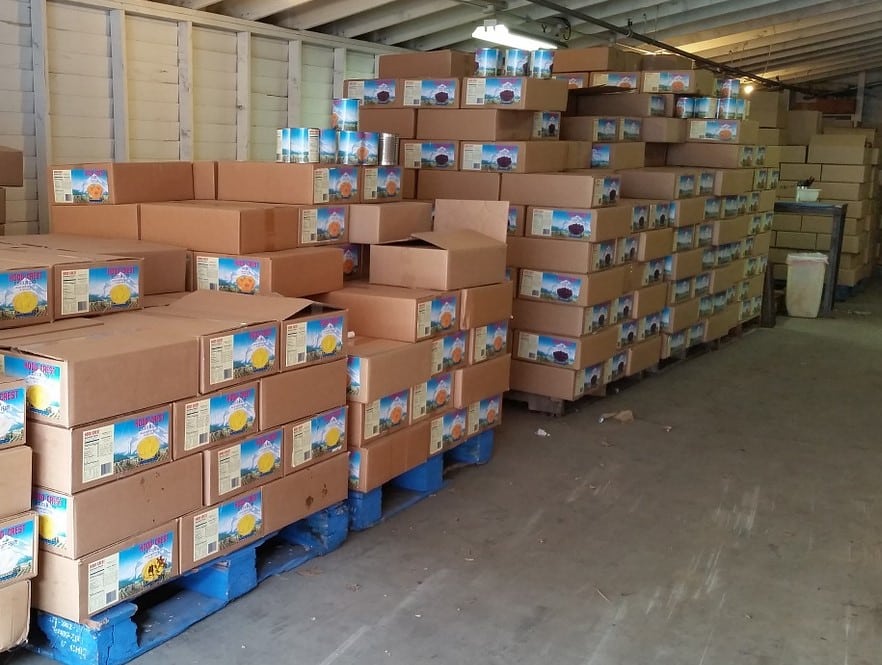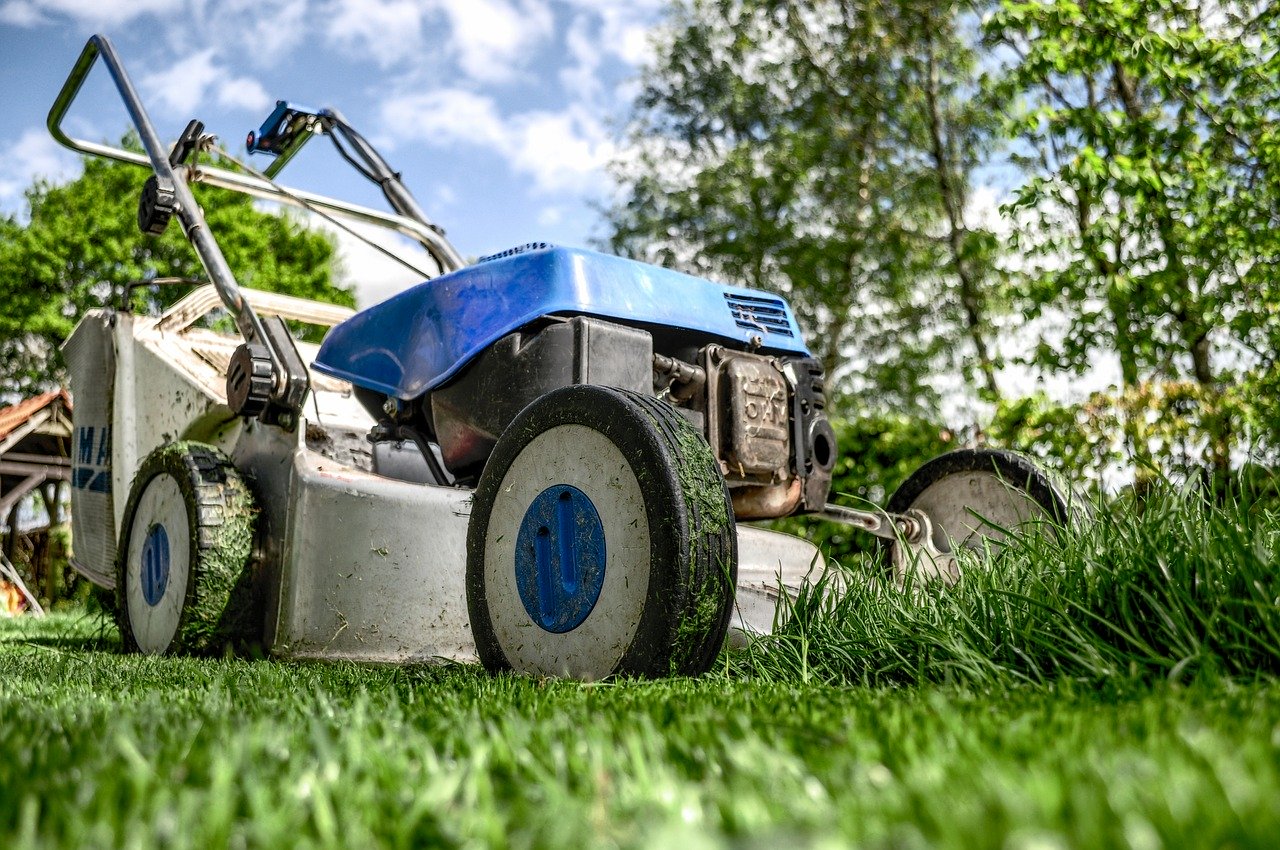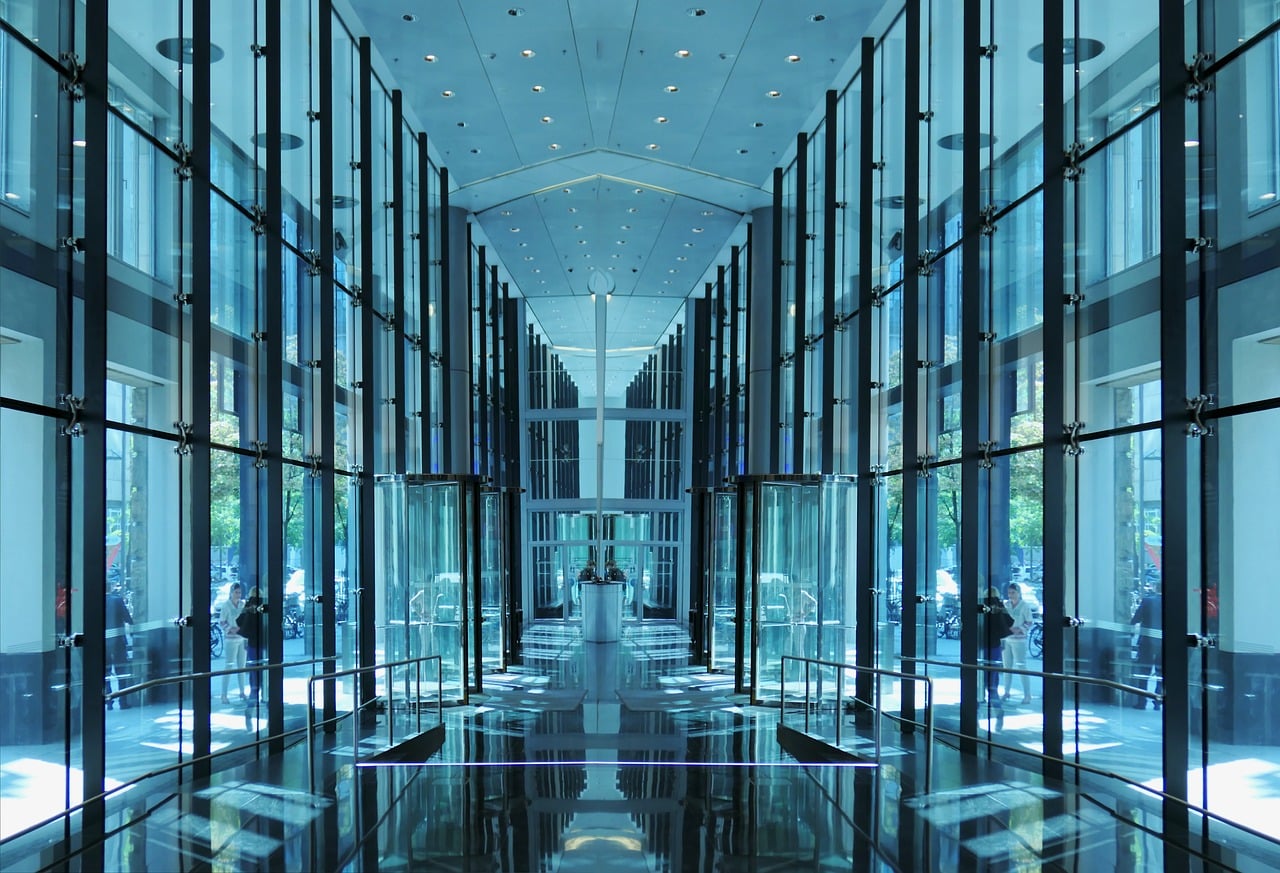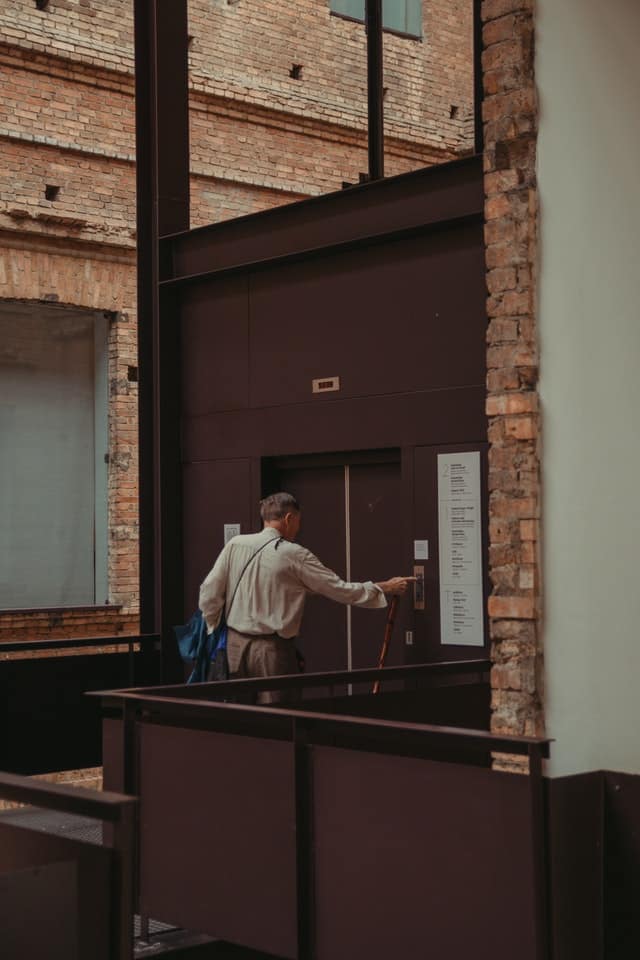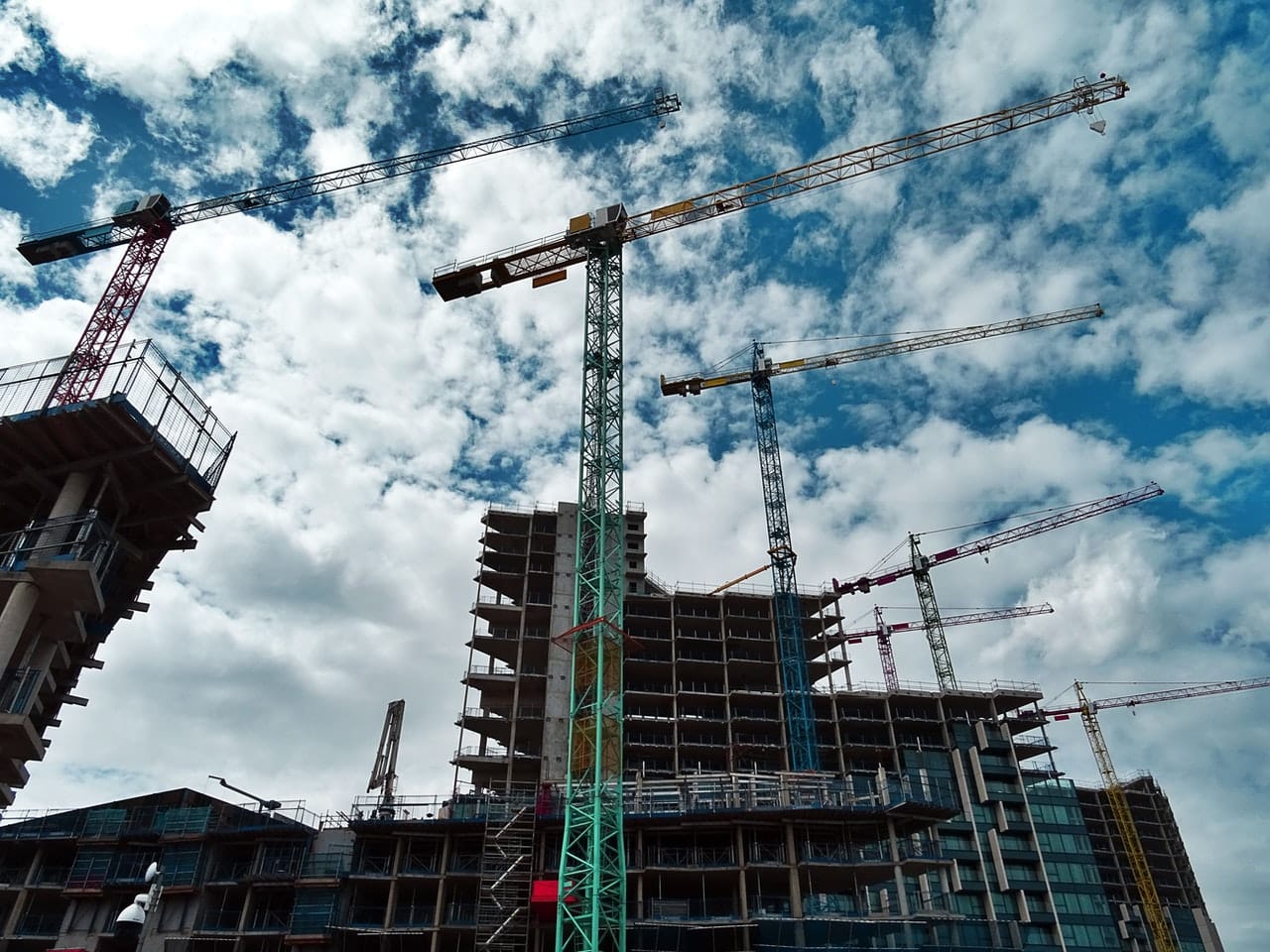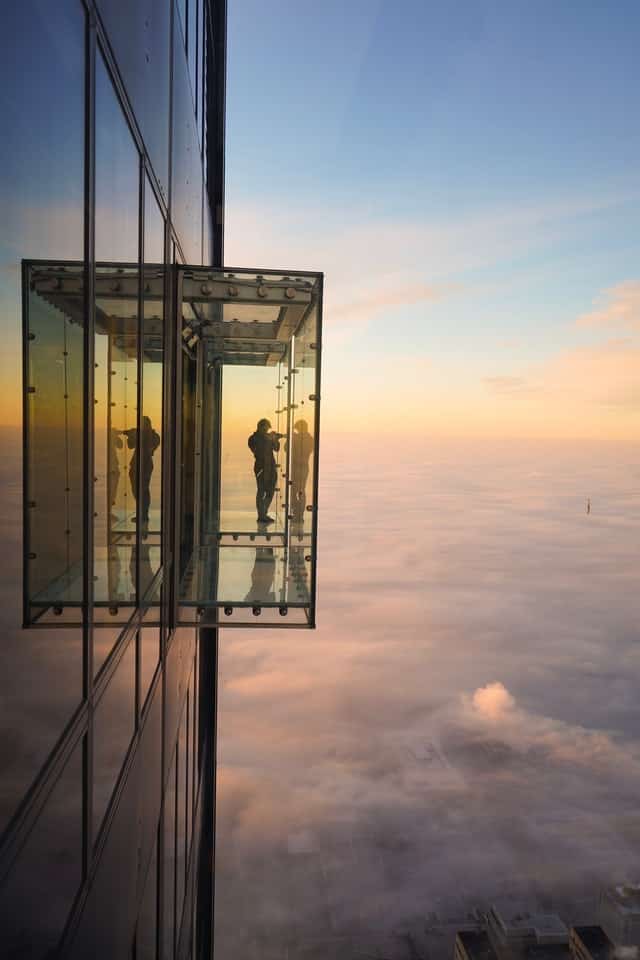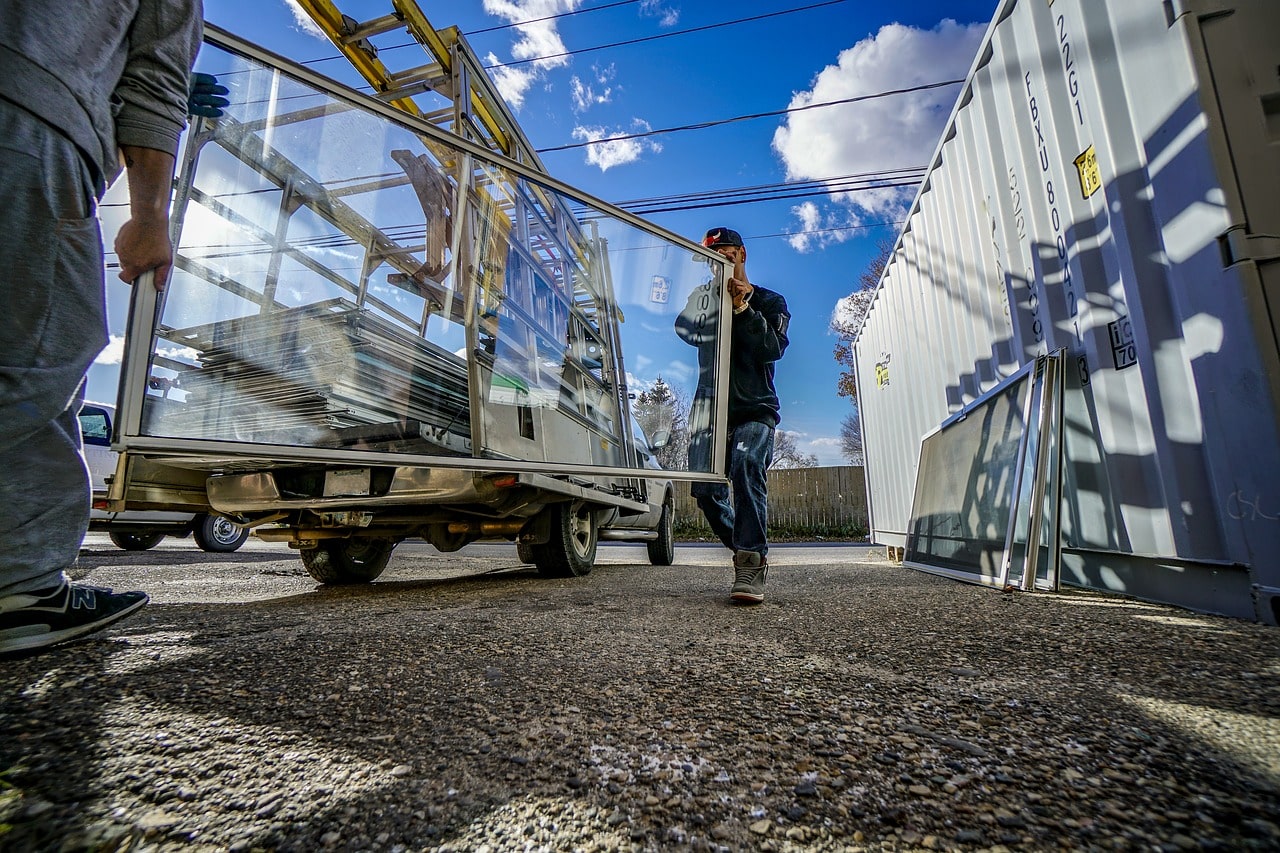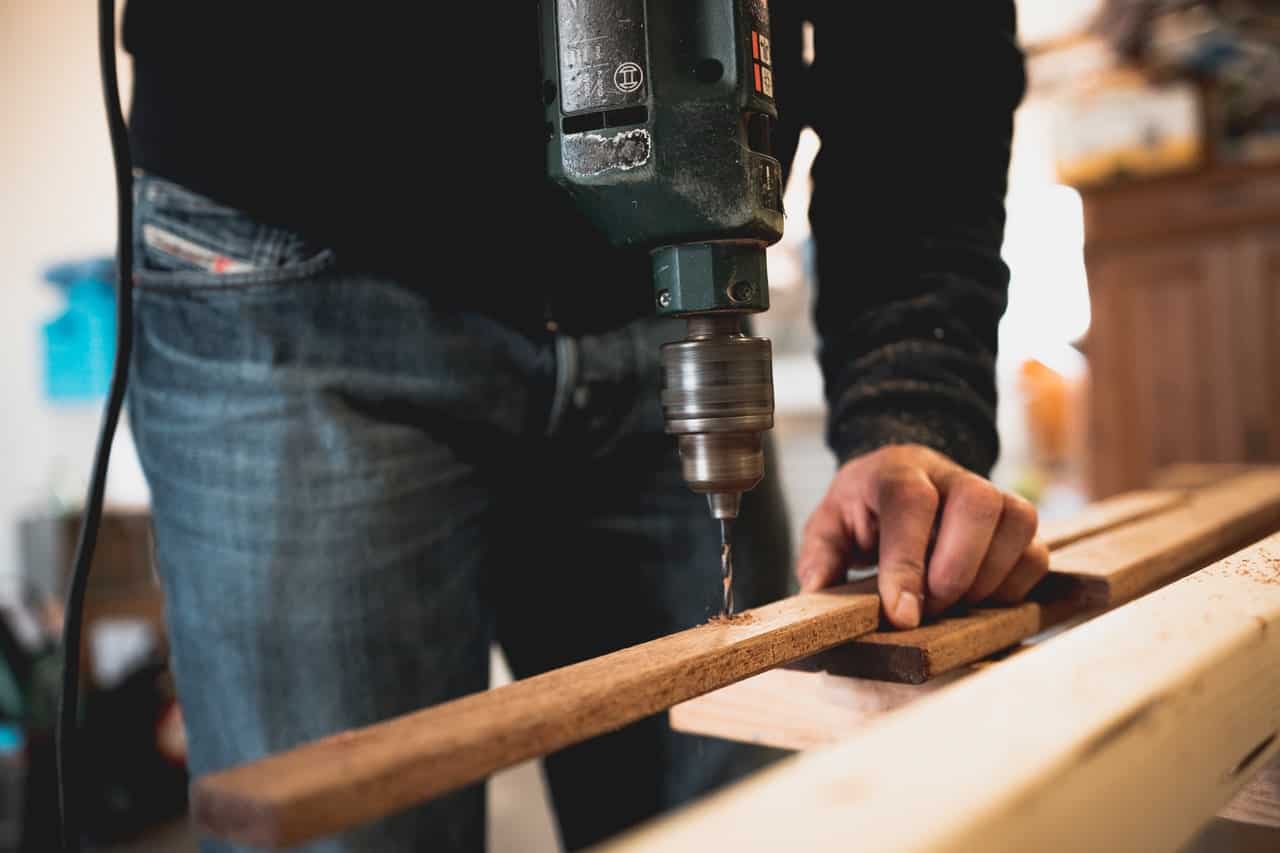To find the best NY Workers Comp Insurance for Warehouse Storage Class Code 8292, contact Enforce Coverage Group. We offer free quotes & policy evaluations with competitive workers compensation rates for business owners.
This post was first published on August 17, 2011, and updated on June 30, 2020.
NY Workers Comp Insurance for Warehouse Storage
Description: Code 8292 workers maintain the warehouse and its equipment and the receiving, handling and release of the merchandise from storage. This warehousing is of merchandise that is owned by another business. Hence the warehouse firm has no equity in the merchandise that is stored. This code applies to merchandise stored over long periods of time and will not break down during storage.
Firms that have a constant movement of goods should refer to freight handling codes such as 7228 or 7229.
Code 8292 usually applies when no other more specific code applies.
Materials Used: warehouse equipment; storage merchandise such as dry cement; rice; coffee; potatoes; peanuts or other nonperishable products.
Pricing: Solid companies with a good loss history can obtain better than average pricing on NYS Workers’ compensation rates.
GENERAL MERCHANDISE STORAGE FACILITIES
Category: Warehouses and Storage
SIC CODE: 4225 General Warehousing and Storage
NAICS CODE: 493110 General Warehousing and Storage
Suggested ISO General Liability Code: 99938
Suggested Workers Compensation Code: 8292
Description of operations: General warehouses offer long- and short-term storage facilities to both business and residential customers for all types of transportable property. The length of storage varies from a few days to years, depending on the customer’s needs. Services may include packing, pickup, delivery, and unpacking as well as storage. Some sell boxes and packaging supplies. While many warehouses are associated with or are part of moving operations, others may be associated with or part of specific operations storing only a consistent type of stock, such as a parts warehouse for a machinery manufacturer. Some are located next to railroad sidetracks or on waterways for easier access to rail or water transportation. They may be subject to federal inspection and regulation.
Property exposures are high. Ignition sources include electrical wiring, heating, and air conditioning systems. The combination of faulty or inadequate electrical wiring and equipment malfunctions, open construction, and large quantities of combustible stored items and packaging materials can lead to a severe loss. All wiring must be up to code and adequate for the operations performed. The stored goods may have heavy fire loads. There must be adequate aisle space to allow firefighters to carry out their duties. When another party does the packing, the warehouse will not know the type of property being stored or its potential fire hazards. If the rack storage of crates and boxes is used, there should be sprinklers in the racks. The sprinkler heads must be located high enough to avoid accidental contact with forklifts, but with enough clear space from the racks to allow unobstructed operation in the event of a fire. In order to reduce catastrophic losses, firewalls and fire divisions should separate the storage areas. Good housekeeping and fire controls are critical. Smoking should be prohibited. Forklifts should be refueled in a separate, ventilated area away from combustibles. Stored property may be a target for thieves. Appropriate security controls must be taken including physical barriers to prevent entrance to the premises after hours and an alarm system that reports directly to a central station or the police department.
Business income and extra expense exposures are high as replacement facilities may not be readily available.
Inland marine exposures include accounts receivables if the warehouse bills customers, computers for tracking inventory, contractors’ equipment, valuable papers and records for customers’ and suppliers’ information, and warehouse operators’ legal liability. Contractors’ equipment includes forklifts, cherry pickers, and hand trucks used for moving stored items. All data should be duplicated and placed off site for easy replication.
Warehouse operators’ legal liability will depend on the contract between the facility and its customers but should spell out who is responsible for damage to stored goods. Any items in storage must be marked to prevent incorrect release. Goods in transit coverage is needed if the operation includes pickup and delivery of customers’ goods.
Crime exposure is from employee dishonesty. Pre-employment background checks, including criminal history, should be performed on all employees handling money. Storage operations involve a number of transactions and accounts that can be manipulated. Loading docks should be supervised to minimize employee theft of goods. There must be a separation of duties between employees handling deposits and disbursements and reconciling bank statements. Regular audits, both internal and external, are important in order to prevent employee theft of accounts. Receipts must be provided for all payments and compared to money received. If packing or unpacking services are offered, drivers, loaders, and unloaders will have access to customers’ premises, increasing the exposure to theft of customer property or customer identity theft.
Premises liability exposure is limited due to the lack of public access to the storage facilities. Customer access should be limited to specific waiting areas, which should be kept clean, dry, and free of obstacles. Proper attention to housekeeping is needed to prevent trips, slips, and falls. There should be a disaster plan in place for unexpected emergencies. Contracts with transportation and storage providers may expose the operation to additional liability. The facility may have a railroad sidetrack or dock. An employee should verify that no one is in the path of an incoming or outgoing train. Railroad tracks and conveyors can be attractive nuisances. The premises should be enclosed by fencing with “No Trespassing” signs posted. Packing or unpacking at customers’ premises could result in bodily injury should objects fall on customers, or cause damage to customers’ property.
Automobile exposure can be high if pickup or delivery services are provided. Children may be present during loading or unloading operations, requiring additional caution. All drivers must be well trained and have valid licenses for the type of vehicle being driven. MVRs must be run on a regular basis. Random drug and alcohol testing should be required. Vehicles must be well maintained, with records kept at a central location.
The post NY Workers Comp Insurance for Warehouse Storage Class Code 8292 appeared first on Enforce Coverage Group.
